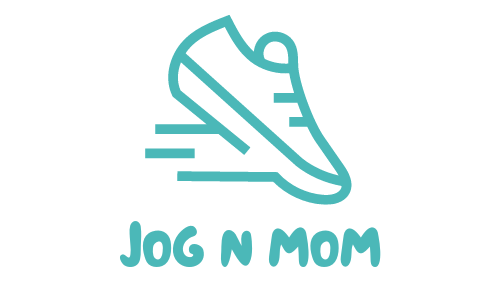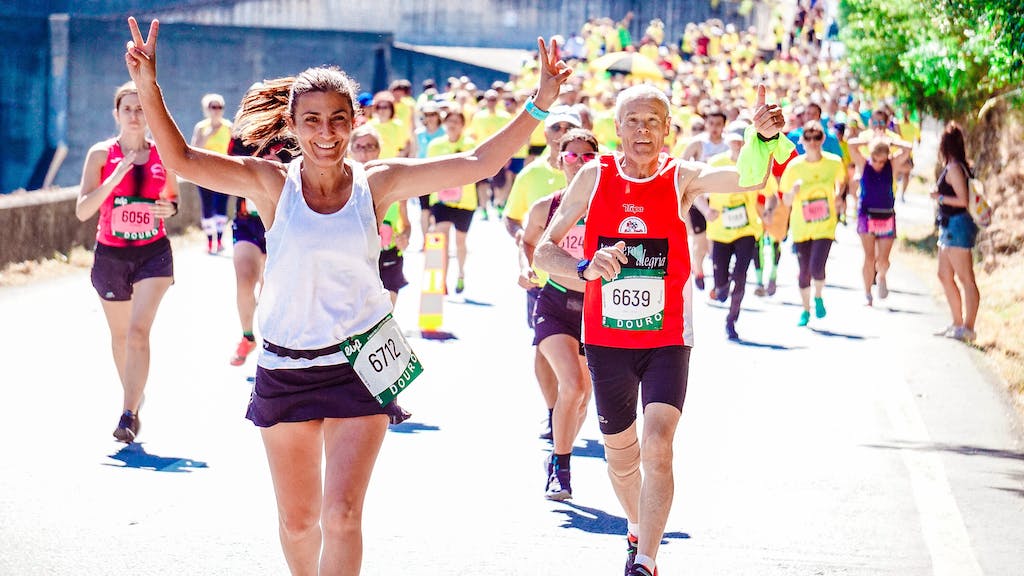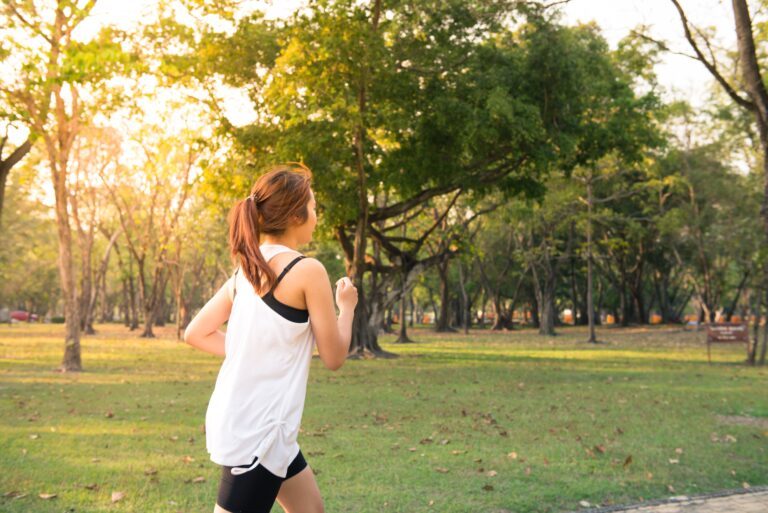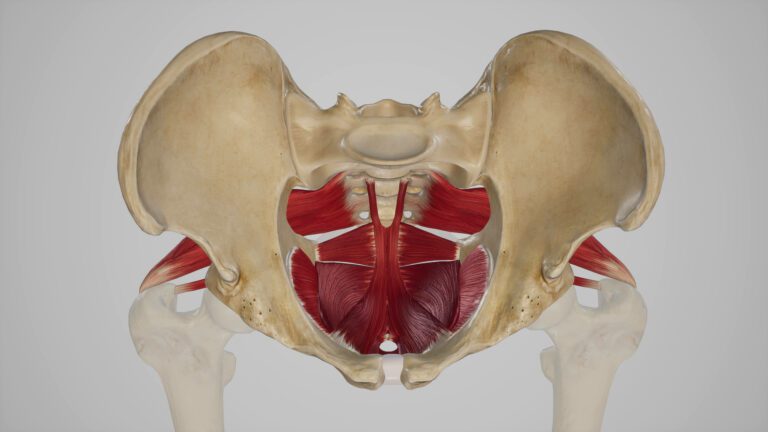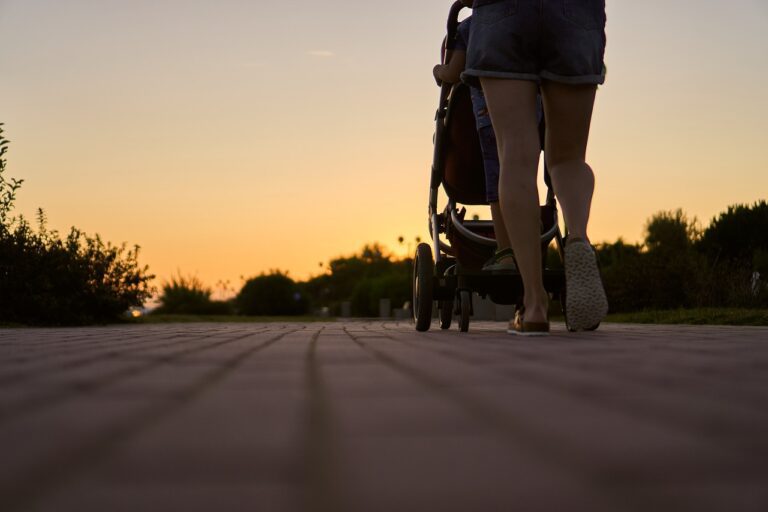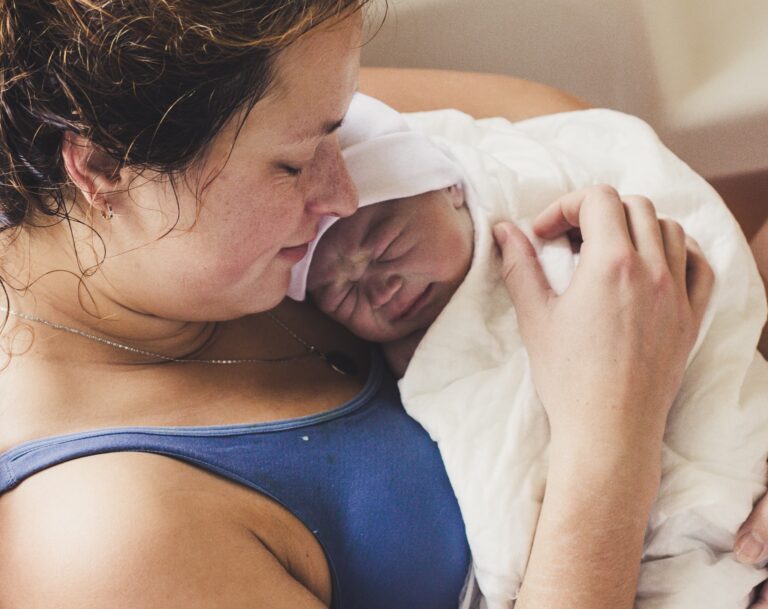How to Prevent Running Injuries as a Mom
I began running when I joined my school’s cross-country team in eighth grade. Unfortunately, I developed shin splints early in the season, making running a painful experience. As the season progressed, I also began to experience foot pain. After seeing a podiatrist at the very end of the season, I was fitted with custom orthotics that eliminated my pain and allowed me to enjoy running without discomfort.
When I was in college, I trained to run a half marathon. Unfortunately, I injured my Achilles tendon. I struggled to wait and allow it to heal completely. Later, after having my first child, I experienced pain in my tendon again with running, along with knee pain. When I tried to prepare for running after having my second child, I faced issues such as leaking and lower back pain.
After experiencing numerous injuries, one might think that I would stop running. Each injury almost led me to quit running altogether. However, my love for the sport, the endorphins it gives me, the strength it builds in my body, the freedom I feel when I run, the challenge of trying to improve my time, and the feeling of a runner’s high are all reasons that pushed me to keep going and get to the root of my injuries.
How to Prevent Running Injuries
I wish I could go back in time and tell my past self how to avoid getting injured. It would have saved me from the pain and frustration of being unable to run. Additionally, as a mom, I found that there are unique challenges in preventing running injuries, especially during pregnancy and postpartum. To avoid trips to the doctor or physical therapist, read the following tips on how to prevent running injuries as a mom.
Stay Hydrated
Staying hydrated is essential for our overall health, particularly when running or engaging in physical activities that cause us to sweat. Despite the frequency of this advice, many of us tend to disregard it. However, ensuring that we drink the appropriate amount of water is crucial. The general rule is to drink half your body weight in ounces of water daily. For instance, if you weigh 150 pounds, you should drink at least 75 ounces of water each day.
Not staying hydrated while running can lead to dehydration, which can be dangerous for the body. This is especially important for pregnant women as it helps ensure the baby has enough amniotic fluid and circulation while supporting the mother’s blood flow. Furthermore, drinking enough water during postpartum and breastfeeding is essential for helping the mother heal and maintain an adequate milk supply.

Nourish Your Body
Maintaining proper nutrition is crucial for preventing injuries. Mothers often skip eating enough nourishing foods because they want to lose weight or get too busy feeding their kids on a hectic day. However, lacking essential vitamins and minerals can quickly deplete the body while running, leading to injuries and slowing recovery.
To ensure that you are consuming enough nutritious calories, tracking what you eat for a few days can be helpful using an app like MyFitnessPal or Fitbit. After establishing a baseline, you can focus on consuming a balanced diet of protein and healthy carbs such as fruits and vegetables. MyPlate is an excellent tool for moms as it helps you learn how to fill your plate with nutritious foods regardless of your BMI.

Wear Proper Running Shoes
When preparing for a run, it’s essential to wear proper running shoes instead of just any old sneakers you may have. Running shoes are designed to support your body during high-impact exercises and help absorb shock. They are designed to assist your foot with running, which is a different motion than walking. Walking shoes, on the other hand, have a very rounded sole to help with rolling through steps. If you enjoy both activities, I recommend owning a pair of running and walking shoes. However, if you can only afford one pair, choosing running shoes is better.
Get Fitted for Running Shoes
I highly recommend getting fitted for running shoes at least once, as it can make a huge difference in your comfort and performance. Once you know your shoe needs, you can always order the shoes yourself somewhere else, especially if you want to shop around for the best price. You may need a larger shoe size after having a baby if your foot grows.
I recommend checking with a knowledgeable footwear expert at your local sporting goods or running store, such as McCoy Outdoor Company or FleetFeet. However, the person fitting you must be well-informed about shoes to avoid issues. While I’ve had many excellent shoe fittings over the years, I had one bad experience where I was sold shoes that were far too big. If you don’t have a running store nearby or prefer to do it yourself, you can try these tips to help ensure you get the best fit:
Check Foot Position
Start by standing with your feet hip-width apart, then bend your knees. Check your feet in a mirror to see if they roll inwards, outwards, or flat. Depending on your foot type, different types of running shoes are available online. If your feet roll in (overpronation) or roll out (supination or underpronation), you can find running shoes designed to support your feet. If your feet lay flat (neutral), running shoes are also designed for that foot type. Getting the right shoe type is crucial to avoid injuring yourself by repeating incorrect foot striking.
Size Up
It is generally recommended to wear running shoes that are half a size bigger than your regular shoe size. Our feet tend to swell when we run due to extra blood flow. If the shoes are too tight, it can cause various issues such as blisters, toenail problems, and more. Therefore, wearing running shoes that are slightly bigger can help prevent such discomfort.
Considerations for Orthotics
If you use orthotics, discussing the best running shoes for you with your podiatrist is essential. My podiatrist advised me to get neutral running shoes even though my feet tend to roll inwards, as my orthotics are designed to correct my overpronation. According to him, using orthotics and corrective shoes can lead to over-correction and cause discomfort. I followed his advice, and it worked for me. It’s always best to consult your doctor to determine what works best for your needs.
Check Old Shoes
Running shoes wear out over time as they can become asymmetrically worn due to how we land on them while running. If we continue to run on shoes that are no longer symmetrical, we can quickly become injured. Wearing old shoes while running can cause foot, ankle, Achilles, calf, knee, and hip pain. I have had several running injuries due to not checking the wear and tear on my shoes.
It is crucial to take a minute and check the treads on the bottom of your shoes. If any smooth spots exist and the treads are no longer visible, it is time to get new shoes. Changing your running shoes every 300-500 miles or every six months is a good rule of thumb. You can keep track of your mileage by noting it down on your phone to avoid running on worn-out shoes and prevent injury.
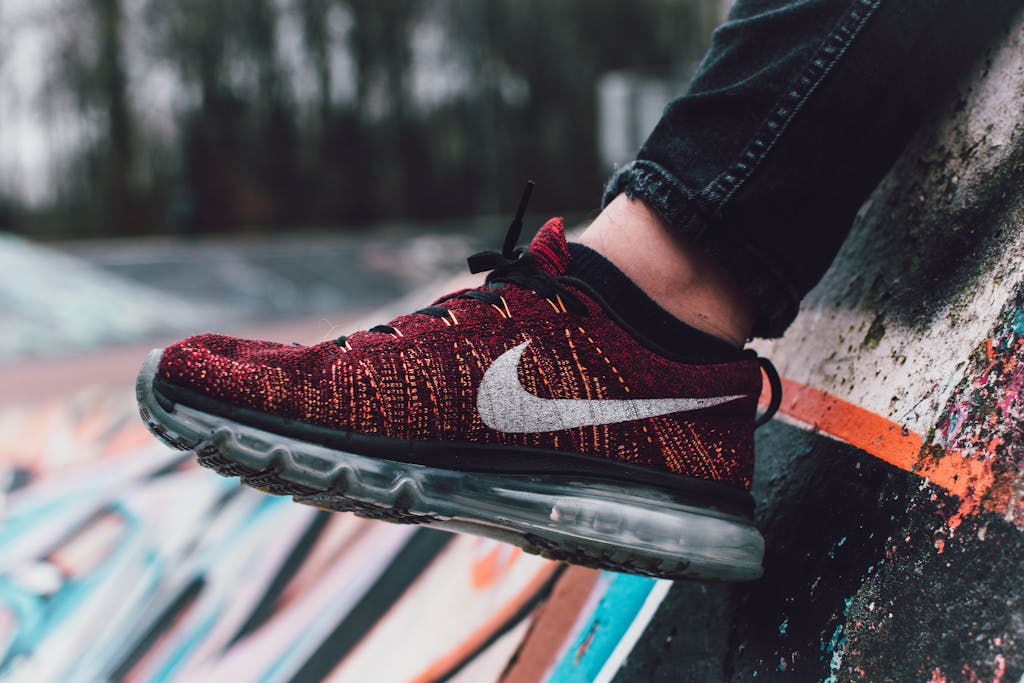
Run on Soft Surfaces
Running on hard surfaces such as pavement or treadmills for all or most of your runs can result in excessive stress and shock on your joints and bones. The most common cause of shin splints is running exclusively on pavement and treadmills. To avoid this problem, switch up your running surface by incorporating grass, sand, dirt, soft tracks, or turf into some of your runs. However, if you are pregnant, it is advisable to run on even surfaces to help with balance and prevent falls.

Warm Up Before Every Run
It is crucial to warm up before every run to prepare your muscles. Running without warming up first can put too much pressure on a joint or muscle that does not have enough blood flow and is not loose enough. Warm-ups should always include dynamic movements, not static stretches. Static stretching of cold muscles can also lead to injury. It is recommended to warm up for five to ten minutes and warm up the entire body, not just the legs. You can use a foam roller to increase blood flow to particular areas and release tight spots if desired.
My preferred warm-up routine consists of a five-minute walk followed by ten reps of the following exercises:
- forward straight leg swings
- lateral straight leg swings
- squats
- lateral lunges
- arm circles
- downward facing dog/calf pumps
- mountain climbers
- walking knee hugs
- butt kicks
- crab walks
Here are a few other warm-ups you can use:
- A 5-minute warm-up video by the Run Experience
- A 5 Minute warm-up video by James Dunne
- A warm-up blog post by Asics
- A warm-up blog post by Runner’s World
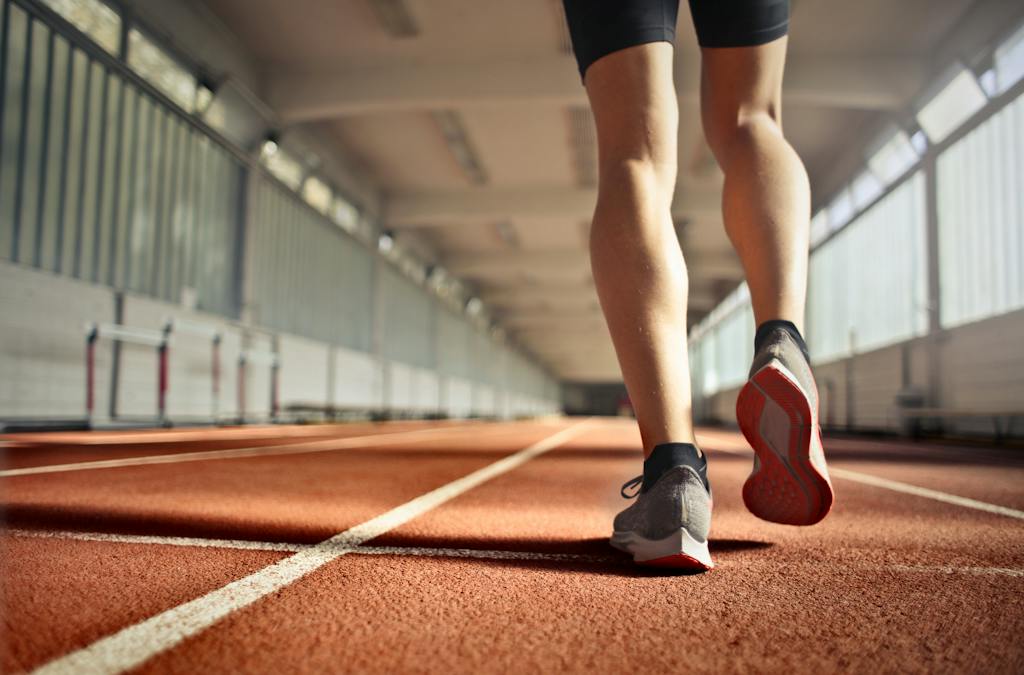
Cool Down After Every Run
Cooling down after every run is essential to prevent injuries because it helps avoid stiff joints and tight muscles. Slowing down your jog for one to two minutes and walking for three to five minutes immediately after running is recommended. Avoid sitting or standing still while your heart rate is still high, as it could cause you to pass out.
Once your heart rate slows to almost resting, it is time to do static stretches for five to ten minutes. It is important to stretch every part of the body, not just the legs. You can start with standing stretches and then move on to sitting stretches to give your body enough time to decrease your heart rate. This is also a great time to use a foam roller on tense spots.
My favorite cool-down includes thirty seconds of each of the following stretches:
- standing shoulder stretch
- standing tricep stretch
- standing quad stretch
- toe touch
- half-kneeling lunge (hip flexor stretch)
- seated butterfly stretch (groin stretch)
- seated wide leg stretch (groin stretch)
- seated side body stretch
- downward facing dog
- lying figure-four glute stretch (grab behind the knee and bring it to the chest)
- lying low back stretch (hug knees to chest)
- child’s pose
Here are a few other cool-downs you can use:
- cool-down video by James Dunne
- cool-down video by Mady Morrison
- cool-down blog post by Verywell Fit
- cool-down blog post by Runner’s World

Use Proper Form
You may often hear the advice to “use proper form” when running, but what does that mean exactly? You should check the tips below to ensure that your form is not hurting your run. It is essential to practice good form before you start running and continue to check in with your form as you run. You may need to work on training your body to adopt new habits. Focusing on your breathing and form while running can also be an effective tool to enhance your mental endurance.
- Maintain an upright posture with a neutral spine. Your shoulders should be relaxed and stacked over your pelvis, which should be aligned with your knees. Make sure not to hunch or lean forward too much.
- While running, focus your gaze about 10-20 feet on the ground ahead to avoid tripping. Do not look down at your feet.
- When running uphill, lean forward. When going downhill, lean back slightly.
- Pump your arms straight with your elbows at your sides. Avoid crossing your arms over your body while running, as it slows you down.
- Relax your hands. Resist the urge to clench your fists.
- Currently, there is a discussion on the optimal way to land on your foot when running, as discussed in this article. Some experts suggest landing on the ball of your foot, others recommend the heel, and some advise the midfoot. However, I suggest you try each method and determine the most comfortable and natural for you. If you don’t experience any increase in injury, stick with that method.
- Practice breathing in through your nose for a few steps and out through your mouth for a few steps.

Strength Train
It is essential for runners to include strength training in their workout routine. Running is a repetitive and high-impact exercise that involves the body moving in a forward plane. Therefore, it is crucial to strengthen the muscles that support the body while running and challenge them to move in different directions.
For mothers, it is especially important to strengthen the core and glutes. I suggest focusing on these muscle groups heavily after giving birth, at least three times a week. If you are unsure about which exercises to do, pilates can be an excellent starting point. There are even free videos available on YouTube. Once you have built a solid foundation and have no symptoms of pelvic floor dysfunction, you can explore other forms of strength training that you enjoy while still focusing on the core at least once a week.
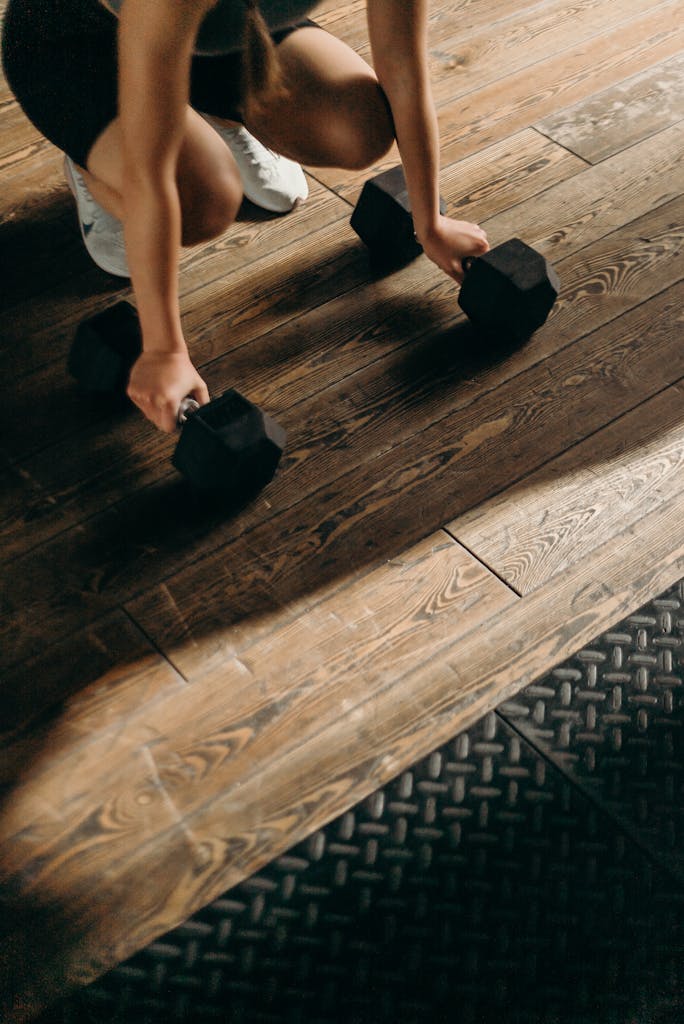
Gradually Increase Distance
One of the leading causes of injuries in runners is increasing their running distance too much too soon. If you are new to running or are newly postpartum, it is recommended that you start with run/walk intervals until you reach a good baseline distance. Once you have achieved that, you can then focus on increasing your running speed. Using the C25K app is a great way to start with run/walk intervals. I also recommend gradually increasing your running distance a little bit each week. A common rule is to increase your running distance by no more than 10% per week.

Have a Rest Day
One of the most common causes of injury for runners is the lack of recovery time due to not having a rest day. Even if you do different exercises while cross-training, it is important to have a rest day from all moderate to difficult exercises.
However, a rest day does not mean you must sit on the couch all day. You can do anything restorative, including walking, yoga, foam rolling, or even chasing your kids in the backyard. Just remember not to run or strength train on your rest day. This will allow your body to recover more quickly and fully, resulting in stronger muscles when you run.

Considerations for Pregnancy
While I am a fan of running during pregnancy, as long as you feel comfortable, it’s important to keep in mind that pregnancy increases the risk of injury. This is because of the increased amount of the hormone relaxin in your body, which helps loosen joints to prepare for childbirth, but also makes you more susceptible to injury as you could overstretch a muscle. Additionally, your growing baby bump can cause balance issues.
It’s crucial to listen to your body when running while pregnant and stop immediately if you experience lightheadedness, dizziness, bleeding, leaking of fluids or urine, falling, chest pains, or headaches. Don’t push yourself to feel breathless; instead, aim to be able to hold a conversation while running. If you have any concerns, you should always consult with your doctor.
To prevent injury during pregnancy, it’s important to run on even surfaces to avoid falling. It’s also important to check the weather and run in cooler parts of the day to avoid overheating. Additionally, practicing balance exercises and maintaining strength training can also help.
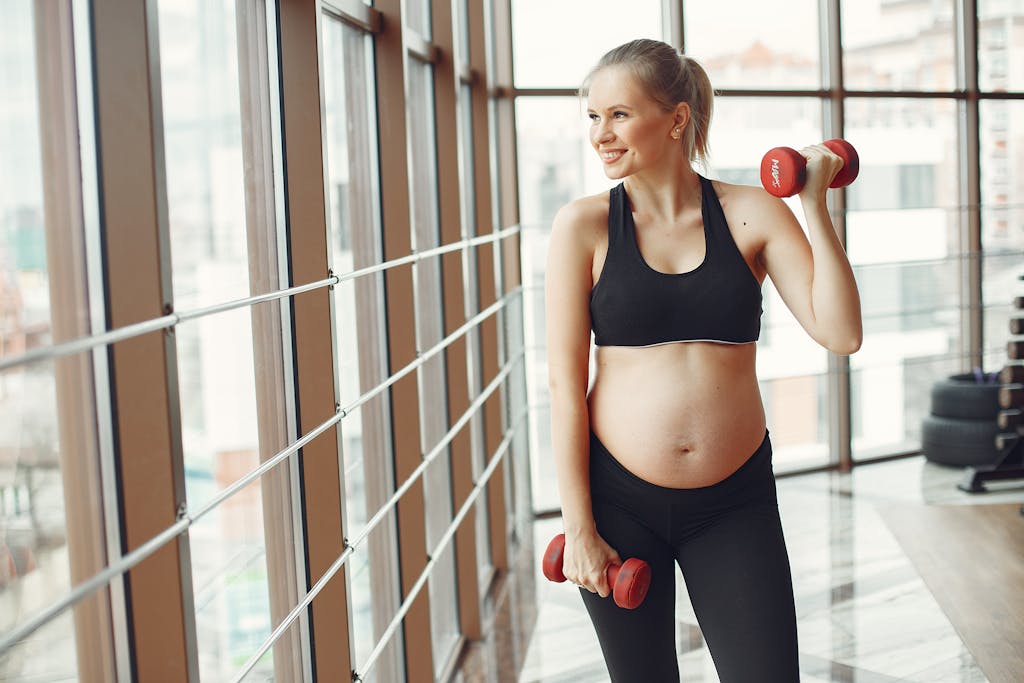
Considerations for the Postpartum Period
The best way to prevent injury while running postpartum is to ensure that your core, pelvic floor, and glutes are strong enough to handle the impact of running. However, this often takes longer than we think and requires more than just resting and giving it time. Warning signs such as leaking, pain, and feelings of heaviness or discomfort indicate that you are not yet ready to run and instead need to focus on strengthening the supporting muscles like your core and pelvic floor. If you are experiencing these symptoms and feel unsure of how to proceed, I highly recommend finding a pelvic floor physical therapist.
To prevent these symptoms, it is important to rest during those early weeks postpartum while incorporating diaphragmatic breathing. Once you have rested enough, focus on strengthening your core muscles. I recommend finding pilates videos or similar workouts that focus on your core. During pregnancy and birth, the core muscles were greatly stretched and compromised, weakening them and needing to reconnect to the pelvic floor as one system after birth. If you try to run with a weak core, you will eventually experience signs of pelvic floor dysfunction like even back pain. Give yourself time while focusing on strengthening your foundation, and you should be able to run when your body is ready.
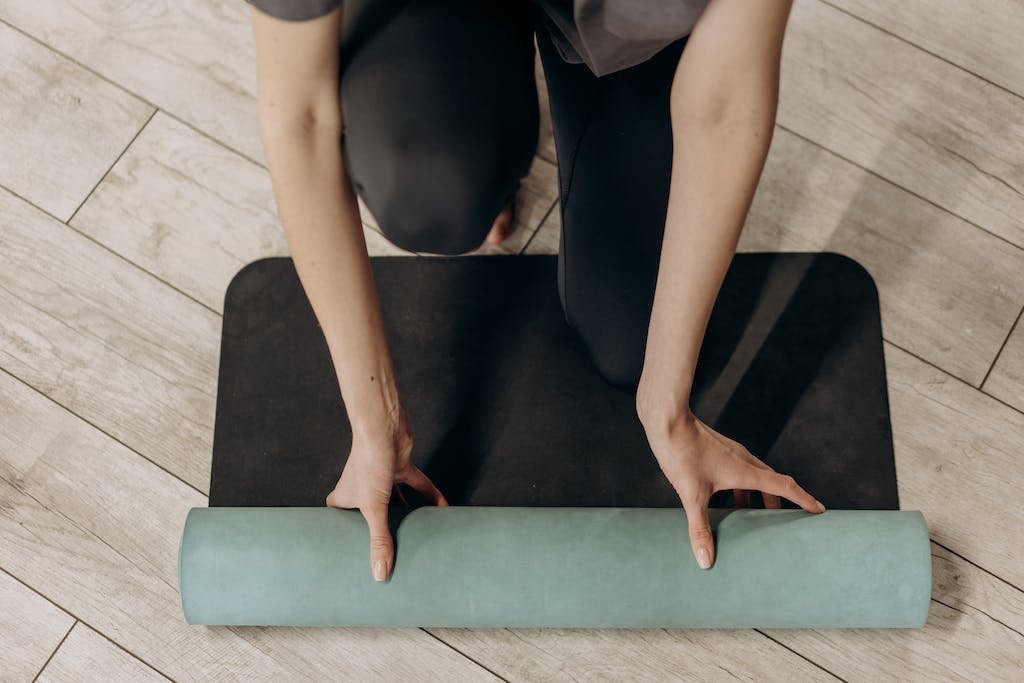
Conclusion
On my own running journey, I have been re-fitted for custom orthotics after pregnancy, changed my podiatrist, and underwent physical therapy for both my Achilles tendon and pelvic floor. Through this, I have learned the causes, treatments, and prevention of several running injuries. Although it was tough to take time off from running, I have finally learned what my body needs to run safely.
Unfortunately, I will likely get injured again because I am only human. My goal is to help you avoid as many injuries as possible. If you do find yourself in pain, know that seeking help is never a sign of weakness; it is actually the safest and quickest way to return to running. Running is definitely worth it.
Have you ever experienced a running injury? Do you have any tips for recovery and prevention? What about running pushes you to try again? Leave a comment to keep the conversation going!
